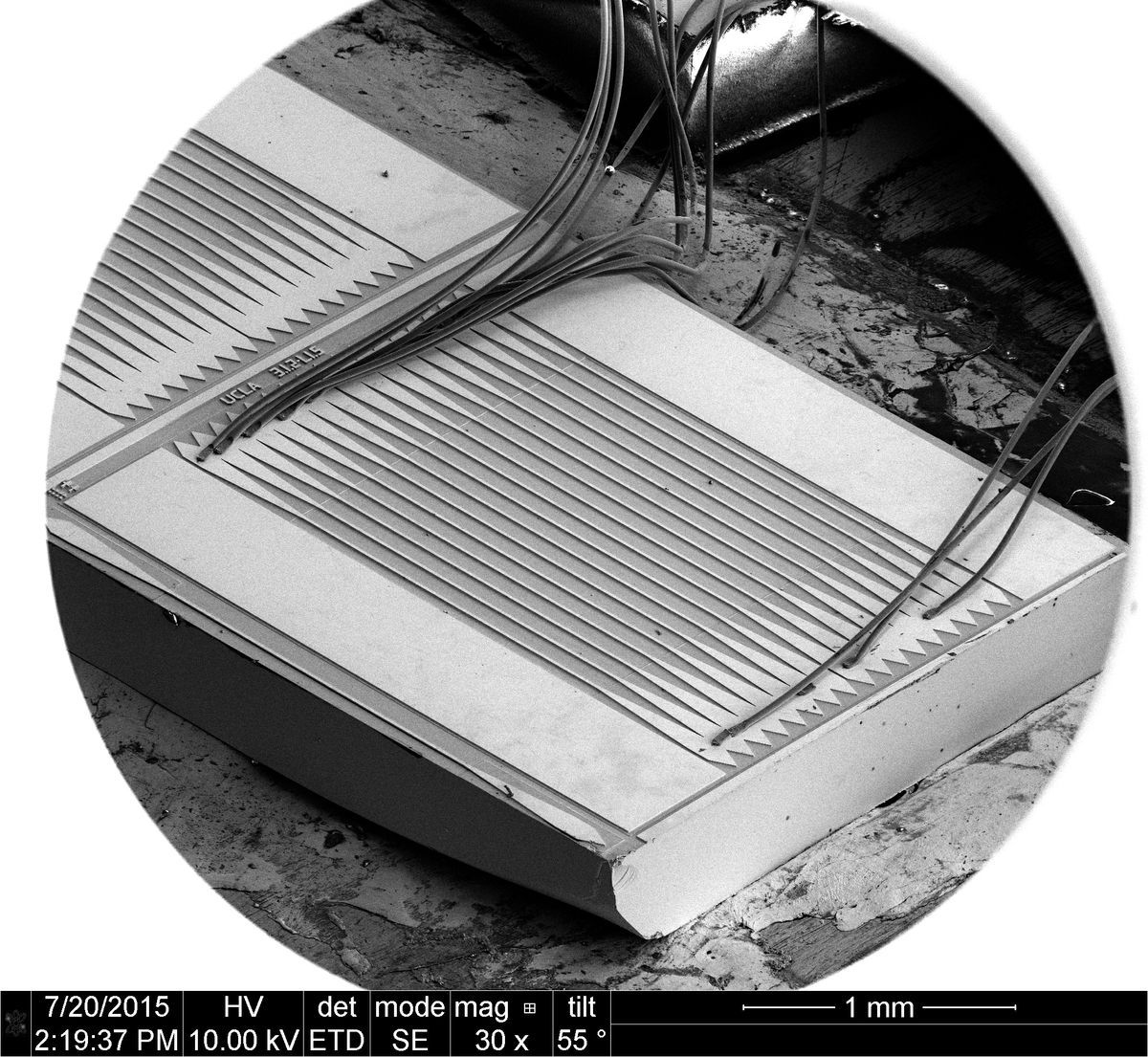Page 11558
Dec 25, 2015
Think-tank dismisses leading AI researchers as luddites
Posted by Amnon H. Eden in categories: Elon Musk, robotics/AI, transportation
‘In a surprisingly polemic report, ITIF think-tank president Robert Atkinson misinterprets this growing altruistic focus of AI researchers as innovation-stifling “Luddite-induced paranoia.”’
The report released by the ITIF think tank suffers from many problems. It accuses Elon Musk in risking research in the “cars that Google and TESLA are testing”, missing entirely the irony. IMHO, the nomination is not the product of research in what Nick Bostrom, Stephen Hawking, Bill Gates, & Elon Musk actually say.
Each year, the ITIF produces a list of 10 groups they think are holding back technological progress with their annual Luddite award. This year, they included researchers who support AI safety research and autonomous weapons bans, and they called out Elon Musk, Bill Gates and Stephen Hawking by name. The ITIF doesn’t seem to see the irony of calling Elon Musk a luddite despite just landing a rocket, launching auto-piloted electric cars and investing in a $1Bn AI-startup. Read the response written by Stuart Russell and Max Tegmark:
Dec 25, 2015
ArcaBoard: The first real hoverboard?
Posted by Shailesh Prasad in categories: futurism, transportation

For decades now we’ve been teased with hoverboard concepts, either from science fiction or highly limited real-life versions, but now aerospace company Arca is taking orders for what it claims is the real deal. The ArcaBoard appears to be the closest thing to the technology from Back to the Future: Part II that we’ve seen so far.
Dec 25, 2015
Scientists create world’s first biologically powered computer chip
Posted by Shailesh Prasad in categories: computing, engineering, mobile phones
The dream of melding biological and man-made machinery is now a little more real with the announcement that Columbia Engineering researchers have successfully harnessed a chemical energy-producing biological process to power a solid state CMOS integrated circuit.
According to study lead professor Ken Shepard, this is the world’s first successful effort to isolate a biological process and use it to power an integrated circuit, much like the ones we use in phones and computers.
The researchers developed the system by using an artificially created lipid bilayer membrane containing naturally occurring ion pumps, which are powered by the biological world’s “energy currency molecule,” ATP (adenosine triphosphate). ATP is the coenzyme that transfers chemical energy between living cells. It is an end product of processes such as photosynthesis and cellular respiration, and it powers the mechanical work of living systems such as cell division and muscle contraction.
Dec 25, 2015
Rise of the Machines: Chinese TV Employs AI as Weatherman
Posted by Dan Kummer in category: robotics/AI
Watch out, news anchors! Chatbot #Xiaoice was upgraded to a weather forecaster. #AI Shanghai Dragon TV.
Dec 25, 2015
Forever young: Hydra may hold answers to eternal life
Posted by Dan Kummer in categories: biotech/medical, life extension
Hydras, simple fresh-water animals, have the ability to live forever if kept in ideal conditions, a recent study shows.
The organisms are made mostly of stem cells that have the ability to continually divide, thus constantly renewing the body.
“The differentiated cells of the tentacles and the foot are constantly being pushed off the body and replaced with new cells migrating from the body column,” Daniel Martinez, a biologist at Pomona College, said in a statement.
Dec 25, 2015
The observer corps | The Economist
Posted by Odette Bohr Dienel in categories: business, government, science
Dec 25, 2015
First real $20k hoverboard can fly 6 mins & takes 6 hours to recharge (VIDEO)
Posted by Dan Kummer in category: transportation
Looks pretty sweet, although maybe make it look more like a surf board.
With Arca Space’s hoverboard prototype the world has finally came closer to inventing a somewhat flying “board” capable of lifting a person above any type of ground and transporting them over “distances.”
Dec 25, 2015
GeekWire Radio: Alan Boyle’s guide to the year in space, and what’s next for the universe in 2016
Posted by Klaus Baldauf in category: space

This week on the GeekWire radio show and podcast, we’re joined by Alan Boyle, GeekWire’s aerospace and science editor, who catches us up on the biggest news from space this year, literally putting the universe in perspective. We also look ahead to 2016 and bring things closer to Earth with an explanation of the FAA’s new registration requirements for that recreational drone under your tree for the holidays.
Listen to an extended version of the show below, and continue reading for an edited transcript. Download the MP3 here. And if you love space and science news, be sure to sign up for GeekWire’s weekly Space & Science newsletter, featuring Alan’s coverage.
Dec 25, 2015
UCLA researchers develop ‘metasurface’ laser for terahertz range
Posted by Klaus Baldauf in categories: materials, military, space travel
Researchers at the UCLA Henry Samueli School of Engineering and Applied Science have identified a new way to make a semiconductor laser that operates at terahertz frequencies. The breakthrough could lead to development of a new class of high-quality, powerful lasers for use in space exploration, military and law enforcement efforts and other applications.
The terahertz range of frequencies occupies the space on the electromagnetic spectrum between microwave and infrared. Terahertz waves can be used to analyze plastics, clothing, semiconductors and works of art without damaging the materials being examined; for chemical sensing and identification; and to investigate the formation of stars and composition of planetary atmospheres.
Researchers led by Benjamin Williams, a UCLA associate professor of electrical engineering, have created the first vertical-external-cavity surface-emitting laser, or VECSEL, that operates in the terahertz range. VECSELs that use visible light have been used extensively to generate high-powered beams, but the technique has not previously been adapted for terahertz frequencies.














